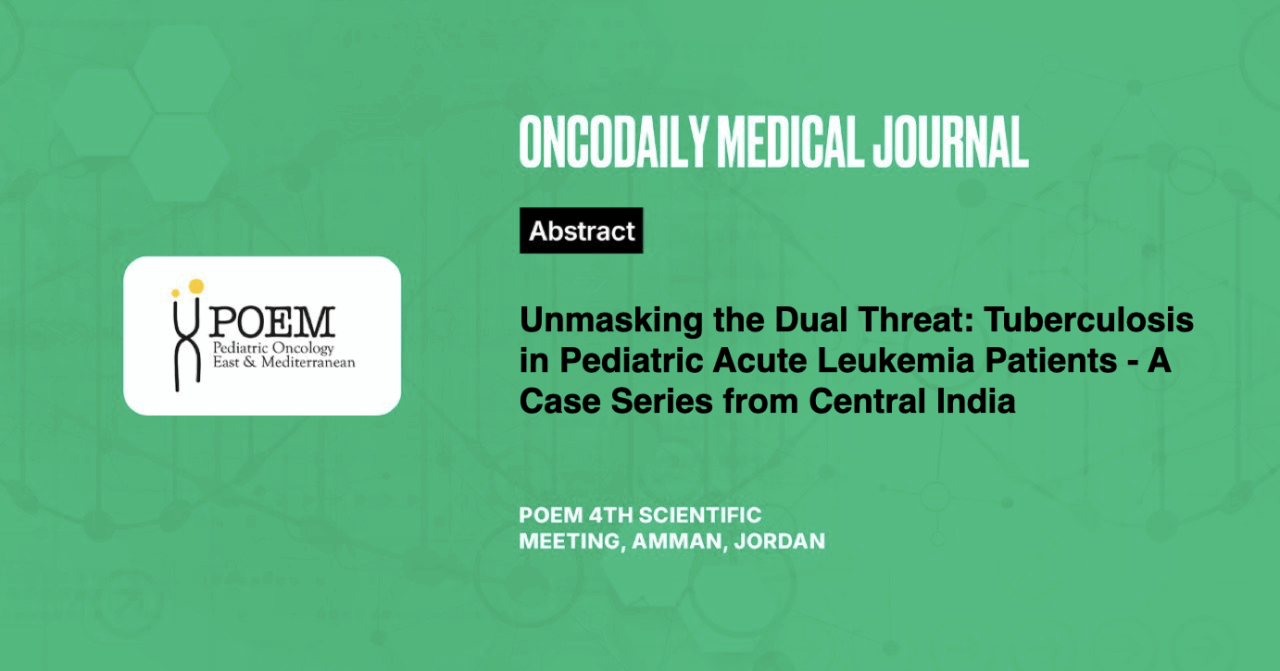Unmasking the Dual Threat: Tuberculosis in Pediatric Acute Leukemia Patients – A Case Series from Central India
Abstract
Introduction: The coexistence of tuberculosis (TB) and acute leukemia presents significant diagnostic and therapeutic challenges, particularly in endemic regions. This case series explores the clinical characteristics, diagnostic complexities, and treatment outcomes of pediatric patients with concurrent TB and acute leukemia in a tertiary care center in Central India.
Methodology: We retrospectively analyzed data from four pediatric patients diagnosed with both acute leukemia (ALL or AML) and TB between January and December 2023. TB diagnosis was considered associated with leukemia if it occurred within 3 months before, concurrently with, or up to 6 months after leukemia diagnosis or treatment.
Results: Four pediatric cases (3 ALL, 1 AML) with concurrent tuberculosis were identified. Tuberculosis manifestations included pulmonary (2), pericardial (1), and lymph node (1) involvement. Two patients developed TB during maintenance therapy, one presented with simultaneous AML and TB, and one had TB before ALL diagnosis. Challenges included drug interactions, treatment toxicities, and early relapse. Outcomes varied from ongoing treatment to treatment abandonment and mortality.
Conclusion: This case series highlights the complexities of managing concurrent TB and acute leukemia in pediatric patients. Key challenges include atypical presentations, diagnostic delays, treatment-related toxicities, and potential drug interactions. A high index of suspicion for TB in leukemia patients from endemic areas is crucial for timely diagnosis and optimal management. Further research is needed to establish best practices for the integrated care of these dual-burdened patients.





